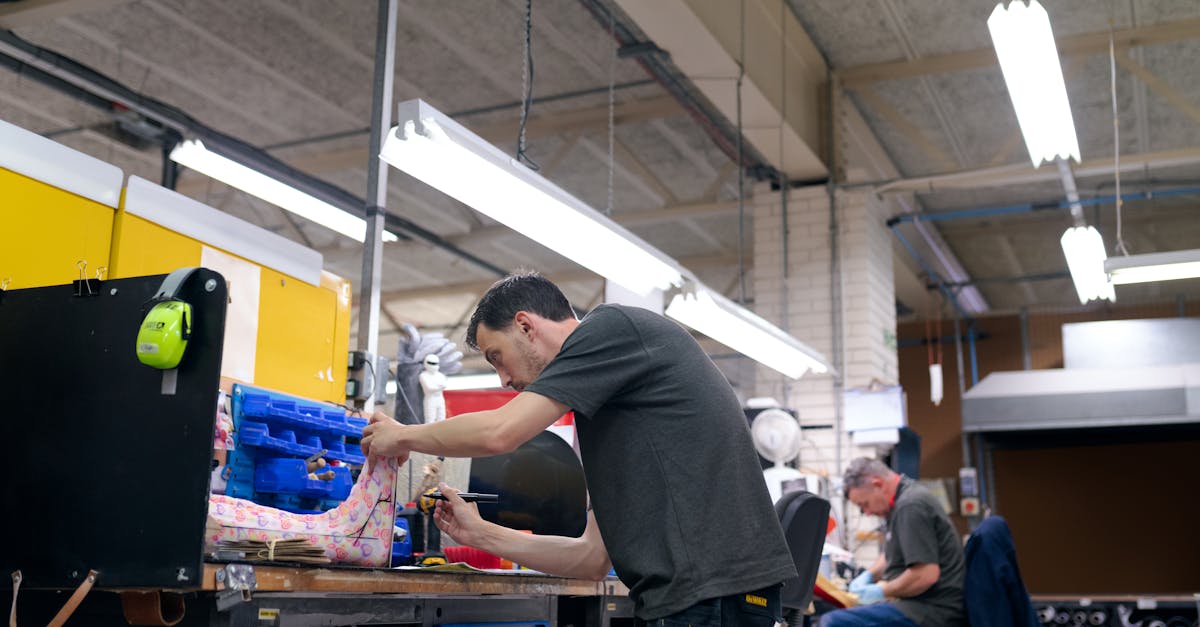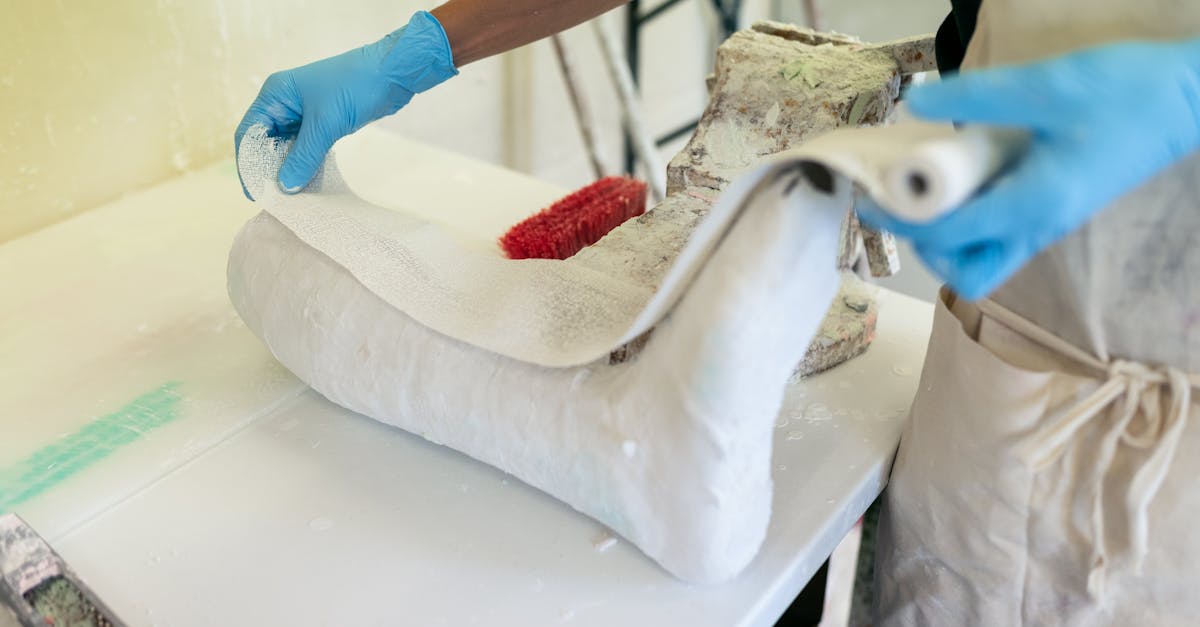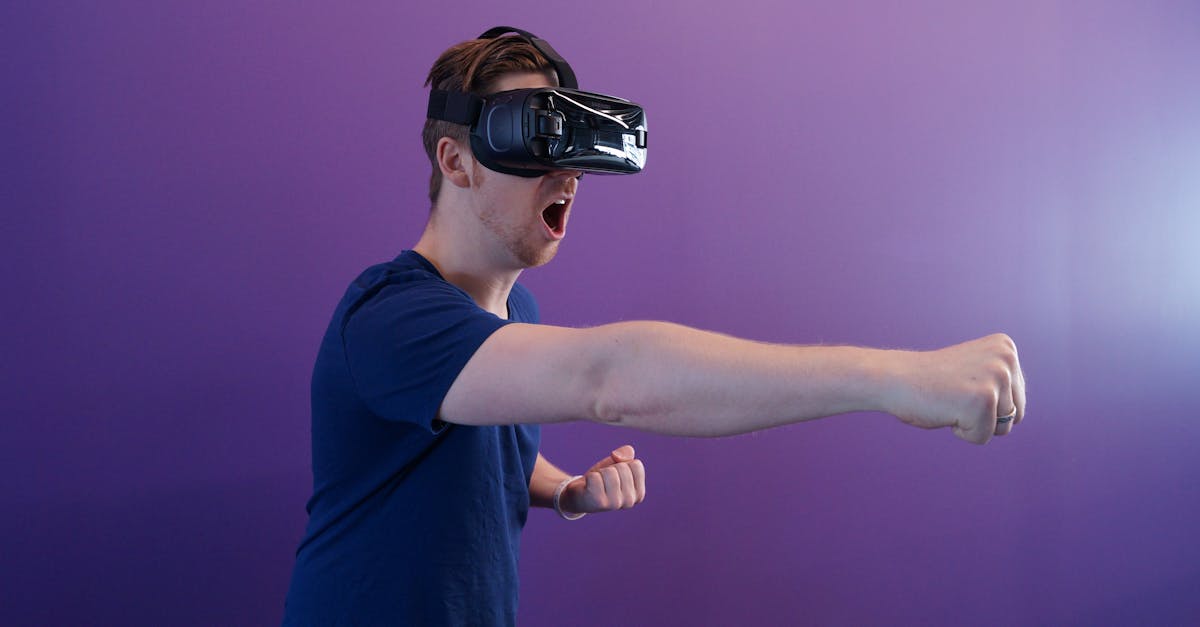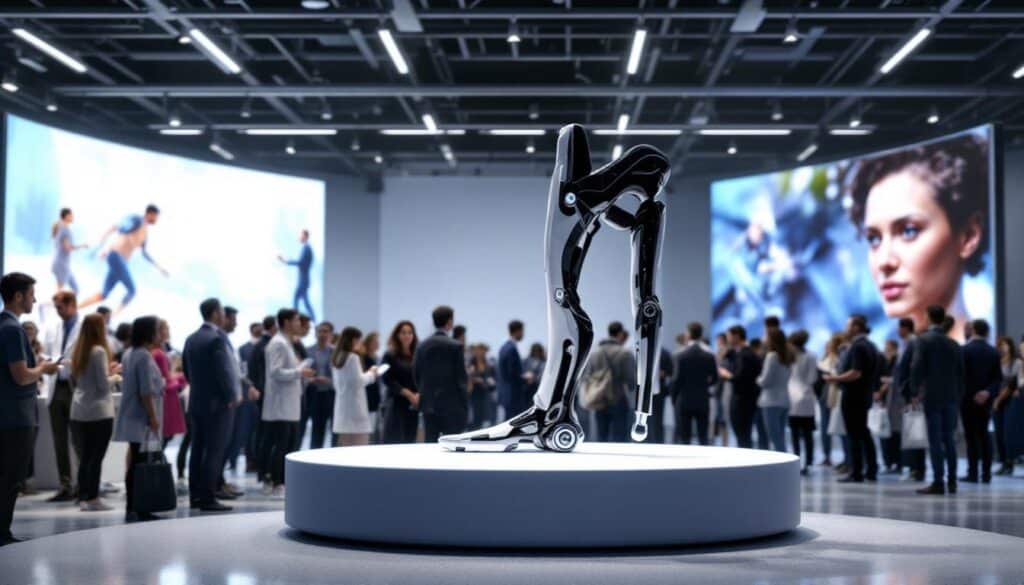L’orthoptics represents an essential approach in the management of binocular vision problems. This paramedical discipline focuses on the assessment, screening and rehabilitation of oculomotor imbalances and difficulties related to eye coordination. By analyzing the quality of binocular vision, theorthoptist plays a key role in the diagnosis of various symptoms, thus allowing the development of appropriate strategies to improve the visual function of patients. The specific techniques used within the framework of orthoptics aim not only to treat the identified disorders, but also to relieve the visual fatigue, offering a significant improvement in eye comfort and quality of life.

Definition of orthoptics in the management of binocular vision disorders
L’orthoptics is a paramedical discipline specializing in the screening, evaluation and rehabilitation of binocular vision problems. This area of Health is particularly important in an age where visual problems are increasingly common due to increased screen use and sedentary lifestyles. The orthoptist plays a fundamental role in understanding and correcting these visual imbalances, based on the functional assessment of two-eyed vision.
Binocular vision disorders can include dysfunctions such as strabismus, of the fusion disorders and other oculomotor imbalances. These anomalies are not only aesthetic inconveniences; they can have significant consequences on quality of life and visual development, especially in young children. The main function of the orthoptist is to access the functional state of the patients’ visual system, which involves varied care ranging from initial assessment to rehabilitation.
The orthoptic assessment constitutes a crucial step in the management of binocular vision disorders. This process includes various tests that evaluate the eye coordination, there stereoscopic vision and the functional potential of the eye muscles. An essential aspect of this assessment is the evaluation of the monocular viewing and binocular, which helps understand how the eyes work together to create a unified image. The discovery of any asymmetry or imbalance during these tests can guide the choice of the most suitable treatment.
Once the diagnosis has been made, the orthoptist offers a program of orthoptic rehabilitation personalized. This rehabilitation can include various eye exercises, both psychomotor and visual, aimed at improving binocular function. These exercises can help coordinate eye movements, strengthen eye muscles, and increase depth perception. The goal is to optimize the eyes’ ability to function simultaneously and harmoniously, thereby improving the patient’s overall visual performance.
Alongside physical rehabilitation, it is often necessary to educate the patient on methods of managing visual disturbances on a daily basis. This may include advice on adapting the visual environment, the importance of regular breaks when using screens, and applying eye relaxation techniques. Prevention practices are essential to avoid worsening of the condition and to promote lasting visual balance.
Orthoptists often work closely with other healthcare professionals, particularly ophthalmologists, for a holistic approach to the patient’s visual health. In some cases, surgical intervention may be considered, especially for cases of severe strabismus, but this depends on the recommendations of the ophthalmologist and the results of orthoptic examinations.
The training of orthoptists is rigorous and extends over several years, including solid theory in anatomy, physiology and pathology of the eye, combined with in-depth clinical practice. Orthoptists must be able to adapt their interventions according to the age and particular needs of each patient, taking into account individual physiological variations and medical history.
The results of orthoptic treatments are often very positive, especially when applied early. In children, for example, rehabilitation can lead to significant improvement in binocular vision, thereby promoting optimal visual development. For adults, orthoptics can also provide significant relief from symptoms of eye fatigue and concentration problems related to visual dysfunctions.
In short, orthoptics is a key specialty in the management of binocular vision disorders. Its vocation extends from screening to rehabilitation, offering an individualized and methodical approach to improve patients’ visual quality of life. This discipline constitutes a key piece of the eye health puzzle, integrating precise skills and in-depth knowledge of visual mechanisms to restore effective and comfortable vision.

Introduction to orthoptics
Orthoptics is a paramedical discipline that plays an essential role in the diagnosis, treatment and rehabilitation of binocular vision problems. Orthoptists, trained professionals, take care of the analysis and evaluation of oculomotor dysfunctions and visual coordination. Through specific sessions, they work to restore consistent and effective vision for patients suffering from various visual problems.
Understanding binocular vision disorders
THE binocular vision problems Occur when the eyes cannot work together harmoniously, leading to symptoms such as diplopia (double vision), difficulty with depth perception, and increased visual fatigue. These disorders can result from many factors, ranging from the appearance of a strabismus to muscle imbalances. A precise diagnosis is fundamental to putting in place appropriate treatment.
The role of the orthoptist in treatment
The orthoptist’s mission is to carry out a orthoptic assessment complete in order to measure the quality of the patient’s binocular vision. This assessment includes specific visual acuity tests, visual field evaluation and ocular motor skills examinations. At the end of these assessments, it is possible to identify the nature of the disorders and establish an appropriate treatment plan. This plan may include rehabilitation exercises aimed at improving eye coordination and strengthening the muscles responsible for eye movement.
Orthoptic rehabilitation techniques
The sessions of orthoptic rehabilitation consist of a series of practical exercises designed to stimulate visual functions and improve cooperation between the eyes. Among these techniques, we find convergence exercises, ocular dissociation exercises, as well as panchromatic activities. The integration of these exercises into the patient’s daily life is crucial to obtain convincing results. Thus, the orthoptist supports the patient by providing personalized advice, which includes the adoption of appropriate postures while reading or using screens.
The benefits of orthoptics
Consulting an orthoptist means above all looking for an improvement in visual quality of life. With targeted treatment, many patients report a significant reduction in symptoms related to binocular vision disorders. Harmonizing eye coordination also helps reduce visual fatigue, as well as associated headaches. By treating these disorders, orthoptics contributes to the autonomy and well-being of patients at all ages, from children to adults.
When to consult an orthoptist?
It is advisable to consult an orthoptist as soon as symptoms such as vision problems, altered depth perception or even frequent headaches appear. Early detection is essential, especially in children whose visual development is still ongoing. Regular monitoring by an orthoptist will guarantee appropriate and optimized care to prevent long-term complications.










